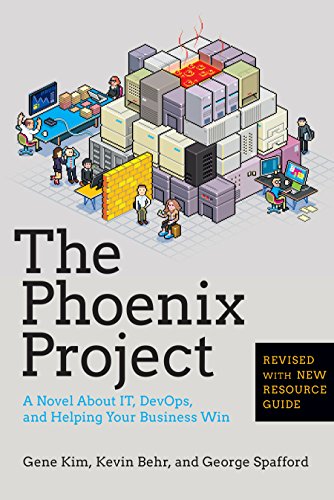If you’ve ever managed a product or owned a product, you’ve probably found yourself in a meeting trying to explain the tenets upon which software is currently developed to people who are accustomed to defining actions as projects versus products. If we’re honest with one another, you’ve probably wanted to grab a beer and decompress after that meeting, if not during the meeting. Now this isn’t necessarily because sales, marketing, or anybody else who is more use to Gantt charts than Roadmaps is trying to be difficult, rather they are trying to fit your round peg approach into their square hole experience. Remember in their professional world and in our everyday world we naturally think in lead versus lag and date driven approaches. Unfortunately for those of us who have managed products, even though many companies state that they are product companies, most companies in fact are sales driven companies. This means for all of us round pegs out there, it’s time to Apollo 13 up and adapt to a square hole world.
Now, don’t get me wrong, adapting our methods to a square hole world doesn’t mean giving up the key tenets to how we develop software. In fact, if we adapt correctly, our Gantt chart loving colleagues will soon find themselves loving Roadmaps and Release Plans. Adapting correctly gets our square hole compatriots out of the need for the intensive project initiation document requirements that you see outside of software development and which are prevalent in the waterfall method approach.
Roadmaps versus Gantt Charts
This is where the heart burn starts. It probably feels like the square holes are berating you for dates, upon dates, upon dates. “When are we going to know if delivery is at risk?” “How can I tell if we’re on track?” “How can I tell when what is being delivered?” At a certain point, you start feeling like Charlie Brown listening to his teacher.
But here’s the thing, they are asking the questions which they have been trained to ask and most importantly they believe that these questions are reasonable. The granularity that Gantt charts provide is incomparable to the vagueness which is necessary for a Roadmap. Even Release Plans’ larger deliverable picture, IE we are delivering which feature in which version at which date, do not provide the lead/lag or risk relational aspects that those who are used to Gantt charts are used to seeing. The flexibility with which you, I, and every other round peg product manager and product owner knows that we need to have in order to successfully bring a product to market, is seen as a lack of planning by the square holes.
So how do you bridge this gap between square hole expectations and round peg desires? Success in delivering your product. There is no quick fix for getting over this hump. You are a missionary converting the non-believers, and taking anything on faith is not an easy pill to swallow for non-believers. Sometimes you can use a product suite to wow your square peg colleagues with drill down roadmaps, development cards, and anything else that you use to manage your product. But the reality is, more often than not, they’re not going to be impressed with Fibonacci numbers, how features relate to one another, or where certain development work is during a sprint. Therefore, unless your product management suite completely side tracks them into forgetting their questions, you as the product owner or manager need to stand strong. Remember you are there to convert them to the teachings of Agile, because you believe that working in an agile manner is the best way to develop a product. As your square peg colleagues learn to trust you, because you have reliably brought a product to market, you will convert them to your way, the industry’s way, of doing things.
Breaking the Mold
If all the world is a stage, than we are all actors learning our parts. Sometimes we’re with someone who has been in the same production for a long time, and other times we’re acting besides someone for whom this is their first Shakespearean play. Now this doesn’t mean that we as long time Shakespearean actors have nothing to learn from the actors who are newly joining us, however it does mean that we need to be able to readily provide a list of study material from which the new actors can learn.
To that end, the following are articles and books that I highly recommend:
Manifesto for Agile Software Development: http://agilemanifesto.org/
The Agile Manifesto: http://andrey.hristov.com/fht-stuttgart/The_Agile_Manifesto_SDMagazine.pdf
Agile Software Development Methodologies and How to Apply Them: https://www.codeproject.com/Articles/604417/Agile-software-development-methodologies-and-how-t
Continuous Delivery: https://continuousdelivery.com/
Reality Sets In
So here’s the thing, if you are a round peg product manager in a square hole company, or at the very least dealing with square hole managers, you are going to have to bend. Your agile approaches aren’t going to be fully agile. The trick is figuring out how to bend without breaking your product’s development path. Below are the top three actions that you can take that aren’t going to break your product development cycle:
· Slowly introduce square peg colleagues into the agile sausage making process. Begin by regularly briefing them with the goal of fully incorporating them into future agile meetings (as appropriate).
· Build a quarterly Gantt chart that is feature rich and shows if a feature needs to be built before another feature. Include release dates as milestones.
· Depending on the size and your role within your company, create a business plan for your product. This is not only a good exercise for you, but it should take care of many of the questions that are circling in the heads of your square peg colleagues.







